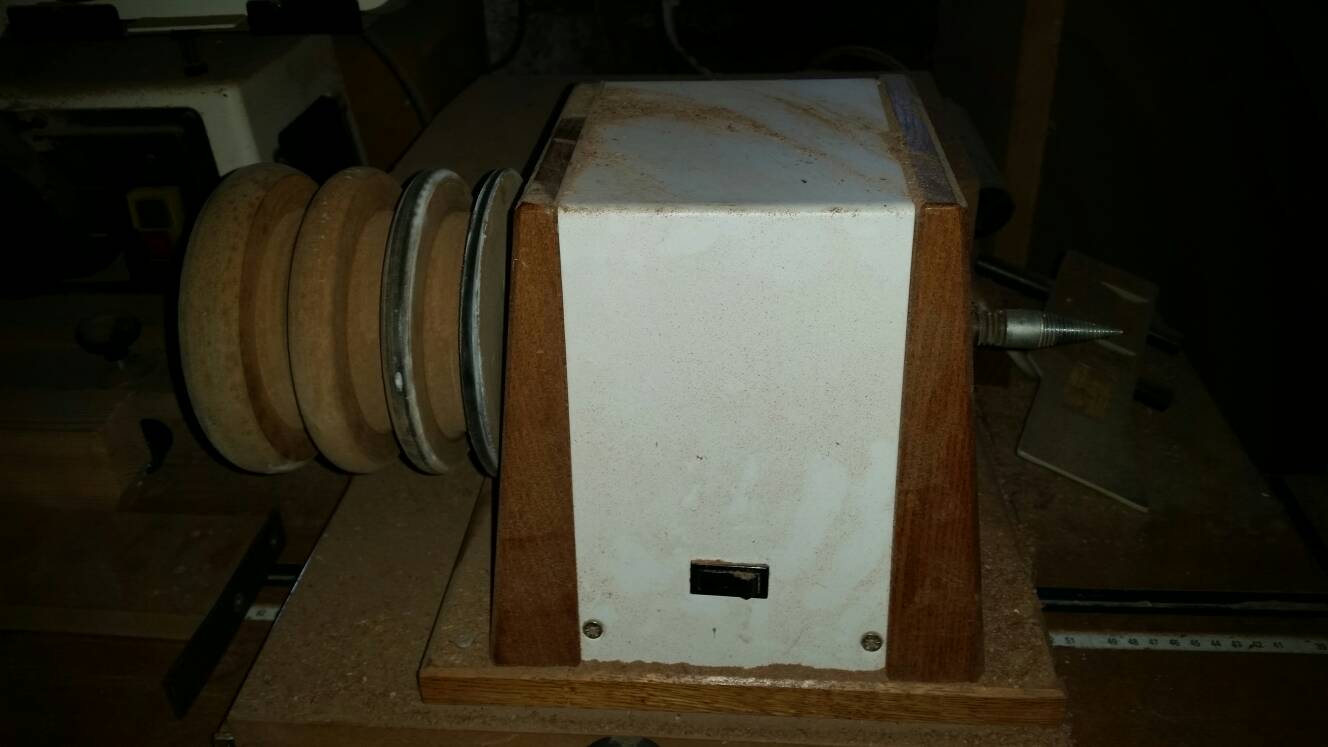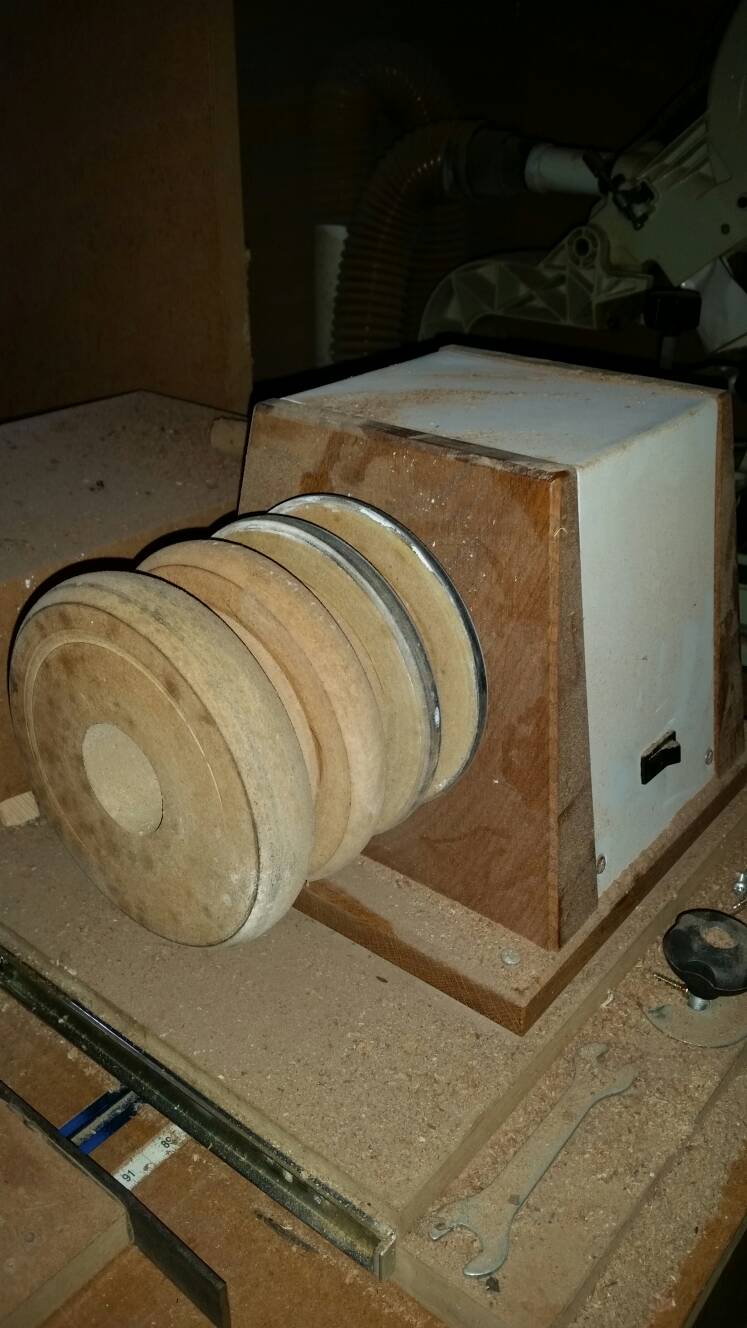MarkDennehy
Established Member
I know, I know, grabbing the third rail with both hands here, but...
I have a few small gouges and a V-tool that I want to be able to sharpen better. Right now I just use the ultex diamond plates I use for my chisels and planes, and I had a CBN-coated metal slipstone from Dictum (this one) but unfortunately if you're cack-handed like me, you can shave off the CBN coating.
So I need to get some new slipstones and I'm mostly wondering which ones are the most convenient (because space is a tad limited and a water bath to stash waterstones just isn't possible). And I'm not sure how to do the little curve at the apex of the v-tool because I don't think the slips can get down that small. Or will those multiform yokes work for that?
Also, I keep seeing these things; are they as gimmicky as they look?
I have a few small gouges and a V-tool that I want to be able to sharpen better. Right now I just use the ultex diamond plates I use for my chisels and planes, and I had a CBN-coated metal slipstone from Dictum (this one) but unfortunately if you're cack-handed like me, you can shave off the CBN coating.
So I need to get some new slipstones and I'm mostly wondering which ones are the most convenient (because space is a tad limited and a water bath to stash waterstones just isn't possible). And I'm not sure how to do the little curve at the apex of the v-tool because I don't think the slips can get down that small. Or will those multiform yokes work for that?
Also, I keep seeing these things; are they as gimmicky as they look?







